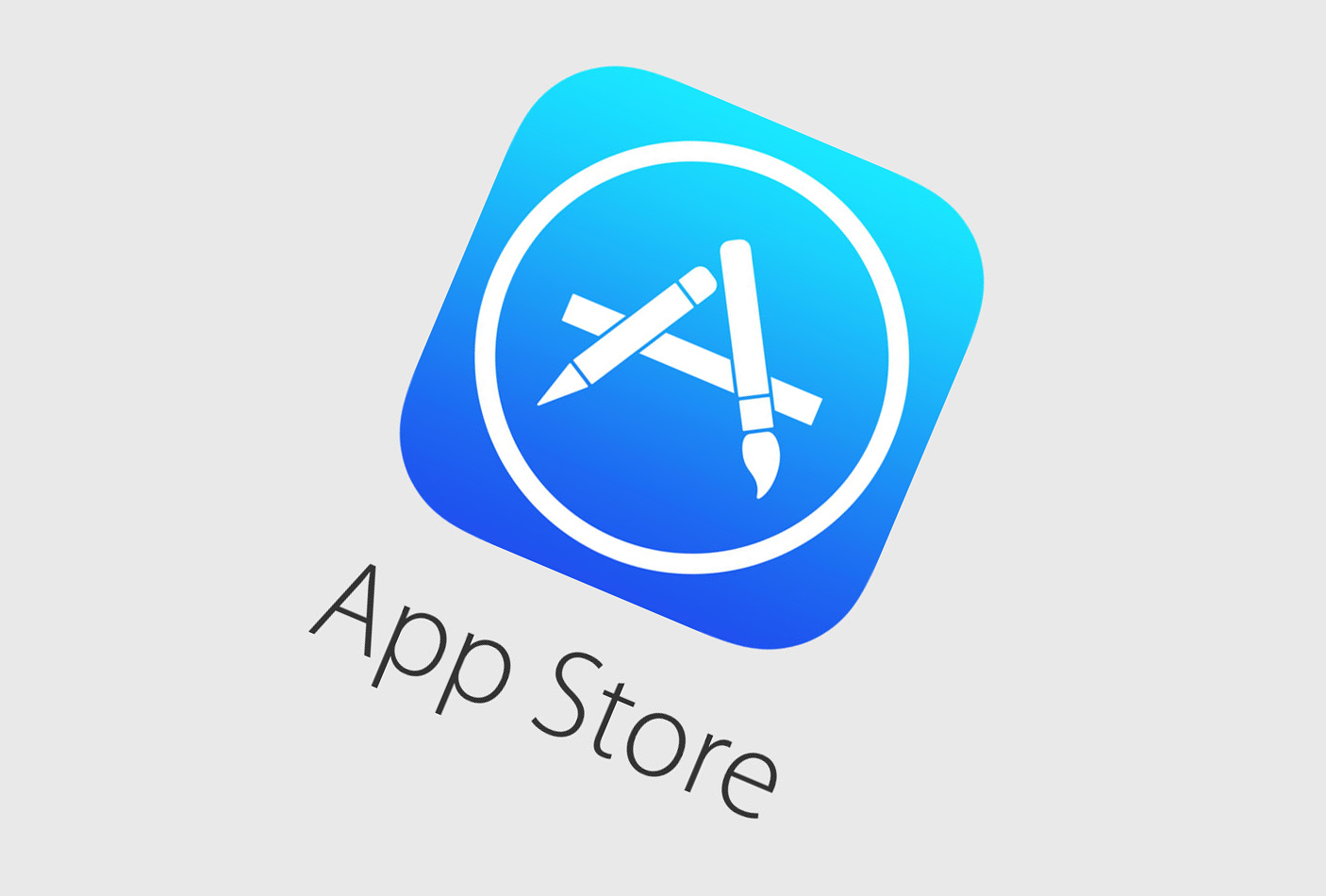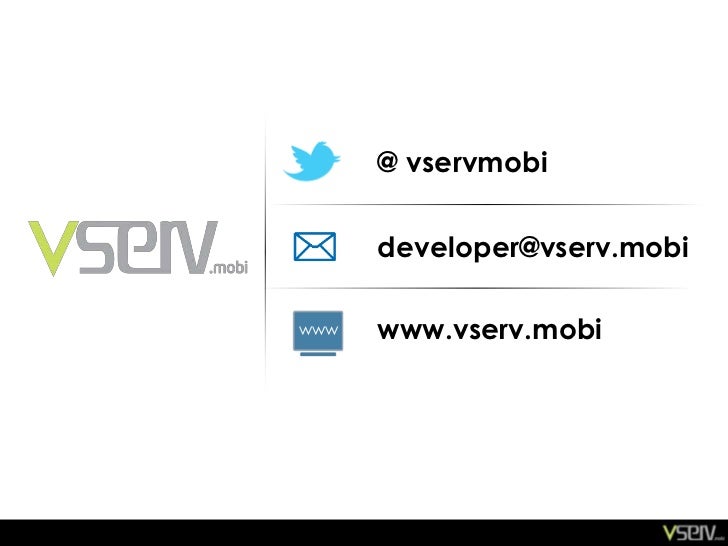

Now that you have learned about webview in React Native, here are some other topics you can look into At Instamobile, we used a webview to automatically display all the web pages of a WordPress site, as part of our React Native WordPress app. In case you want to learn more, you can go-ahead to the main repository for discussion regarding this web view plugin.

APP STORE APP WRAPPER WEBVIEW HOW TO
Then, we got a detailed explanation of how to use the WebView component and its props to render the entire HTML content from the URL along with the loading indicator. First, we learned how to render simple HTML content using the WebView component. Since the in-built web-view feature of React Native is to be deprecated, we learned how to make use of the third-party web view plugin named react-native-webview. In this tutorial, we learned about the web view property of React Native. As a result, we get the following result in our emulator simulation: Conclusion This prop must be set to true in order for the renderLoading prop to work. This boolean value forces the WebView to show the loading view on the first load. We can see that startInLoadingState prop is also used here. This allows us to display the loading indicator until the website fully loads. Then, we have invoked the LoadingIndicatorView function onto the renderLoading prop of the WebView component. Here, we have used the AcitivityIndicator with color and size props. For that, we need to add the following imports in our App.js file: import React, from 'react-native-paper' Loading Inline HTML using React Native WebViewįirst, we are going to load a simple HTML content into our app interface. We can now use the plugin in our react native project.

This can be done by editing android/gradle.properties and adding the following lines: eAndroidX=true But for the react-native-webview version >=6.X.X, we need to make sure AndroidX is enabled in our project. In the case of Android, this module does not require any extra step after running the link command.
APP STORE APP WRAPPER WEBVIEW INSTALL
In the case of iOS, we also need to run the following command: pod install Android But, in the case of earlier versions, we may need to run: react-native link react-native-webview iOS If the react-native version is equal or greater than 0.60 then, the installation also takes care of auto-linking the plugin to native configurations. Hence, in order to install the plugin, we need to run the following command in the command prompt of our project folder: yarn add react-native-webview Here, we are using yarn to install the plugin but we can use NPM (Node Package Manager) as well. In order to get started with web view configuration, we need to install the actual plugin first. Getting Started with React Native WebView Nodejs >=8.x.x with npm or yarn installed as a package manager.The requirements to follow this tutorial are:

This plugin is a third-party plugin supported by the react-native community. Hence, this plugin serves as the replacement for the built-in web view. The built-in Webview from React Native is to be deprecated pretty soon based on this document. While React Native provides us with a built-it web view component, but we are going to use react-native-webview plugin in this tutorial, since it is more powerful. React Native WebView is a modern, well-supported, and cross-platform WebView for React Native. In other words, a web view allows us to open the web URLs inside the app interface. In React Native WebViews enable access to any web portal in the mobile app itself.


 0 kommentar(er)
0 kommentar(er)
